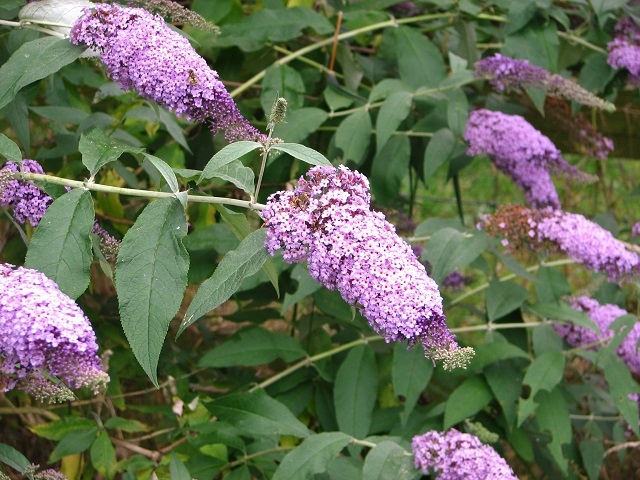
22 Mar, 2018/ by Surveyor Local /News
The Chelsea Flower Show is famous for its royal patronage and its extraordinary displays of foliage from around the world and avant-garde garden designs. But this year there will a more unusual display during the five-day event.
An entire garden of invasive plants is being created to warn home owners of the risks involved in planting exotic, non-native species in your own back yard.
The issue is when those plants "escape" from your garden and then proliferate across the area, wiping out native plants along the way.
The Invasive Weed Control Group from the Property Care Association (PCA) will use 14 of the most invasive non-native plants that are currently thriving in the UK to demonstrate the potential problems they can bring.
Their garden will be entitled "The Enemy Within" and will be located in the Discovery Zone in the Great Pavilion during the Chelsea Flower Show in May.
A thirst for novel species
Professor Max Wade, chair of the group, said: "Despite having more than 100,000 different plants available to gardeners in the UK, there is still a thirst for novel species. As a result, nurseries and garden centres have hundreds of new plants for customers to buy and plant in their gardens.
"Some are bred in nurseries, while others are newly discovered from across the world. Of course, all these new plants will have passed through appropriate importation checks and controls in relation to plant pathogens and pests, but we need to consider if any has the potential to become one of tomorrow's invasive weeds."
The most common non-native plants that are seen across the UK include buddleia, bamboo and montbretia, but the most risky of all is Japanese knotweed that can cause structural damage to property.
Challenge for the future
Professor Wade added: "We know from studies of today's invasive weeds that it can take decades to become a national problem after escaping from gardens.
"For instance, giant rhubarb was first seen outside of gardens in 1908 and it wasn't until about the turn of the century that it became invasive, while Japanese knotweed took from 1886 to around 1940 to start its ascendancy.
"Based on this, we should consider that not only is tomorrow's Japanese knotweed growing in gardens today, but we are busy planting the follow-on generation to perpetuate the process.
"Part of the challenge is to spot those species that have the makings of a problem for future generations."
Visitors to the Enemy Within garden will see how easily invasive plants can colonise a garden. The PCA's officials will offer guidance about plants and how to prevent their spread.
